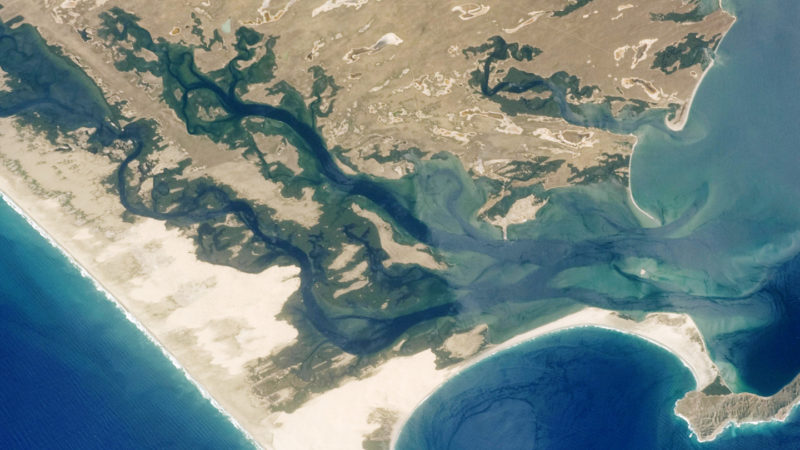Human populations rely on coastal wetlands for storm protection, recreation, fisheries, carbon storage, and many other ecosystem services. Expansion or contraction of the ranges of mangrove forests has the potential to dramatically alter the functioning and service provisioning of these wetlands. This project will improve understanding of the processes that control mangrove range limits, allowing for the development of more accurate projections of how these ranges will be impacted by climate change.
Coastal mangrove forests and salt marshes both support a diverse array of associated species and provide considerable ecosystem services to human communities. Climate change has the potential to alter the abundance and distribution of these two wetland types, which will almost certainly have dramatic impacts on the structure and function of these coastal ecosystems. However we still know relatively little about how climate change will alter mangrove and salt marsh distributions, which limits our ability to predict and adapt to changes in these ecosystems.
While it is commonly accepted that global mangrove distributions are constrained by cold air and water temperatures, our understanding of the specific temperature tolerance thresholds of the various species of mangroves is limited. Furthermore, even less is known about how air and water temperature tolerances interact with one another and other environmental factors such as aridity. Identifying these thresholds and interactions is an important step towards accurately predicting how mangrove and salt marsh ecosystems will respond to global climate change. Recently there have been indications that climate change is indeed affecting these coastal wetlands, as expansion of mangroves into saltmarsh near the poleward range limits of mangroves has been observed on at least five continents.
The proposed research will integrate physiological threshold experiments, remote sensing, and climate and distribution modeling in order to understand (1) the processes and environmental thresholds that currently control the range limits of mangroves, and (2) how mangrove distributions will be impacted by climate change. We will achieve these objectives by performing the following tasks:
Task 1: Characterize the tolerance of multiple mangrove species to cold air and water temperatures and aridity using a combination of laboratory experiments and field surveys.
Task 2: Use long-term time series of Earth observation data to document variability in mangrove abundance at their poleward range limits around the world and link that variability to changes in air and water temperatures as well as other environmental factors.
Task 3: Develop mechanistically informed distribution models to predict the response of mangrove-salt marsh ecotones to future climate change.
By integrating manipulative experiments with long-term satellite observations, we will develop a mechanistic understanding of how various mangrove species respond to changes in environmental conditions, which will improve our ability to estimate how climate change will impact mangrove distributions. This work will also provide a generalizable method for using remote sensing data to estimate species’ tolerance thresholds and build mechanistically informed species distribution models. This approach can be employed on other species whose dynamics can be monitored using remotely sensed data and linked to climate and environmental variability.
Contact: Kyle Cavanaugh, kcavanaugh@geog.ucla.edu

